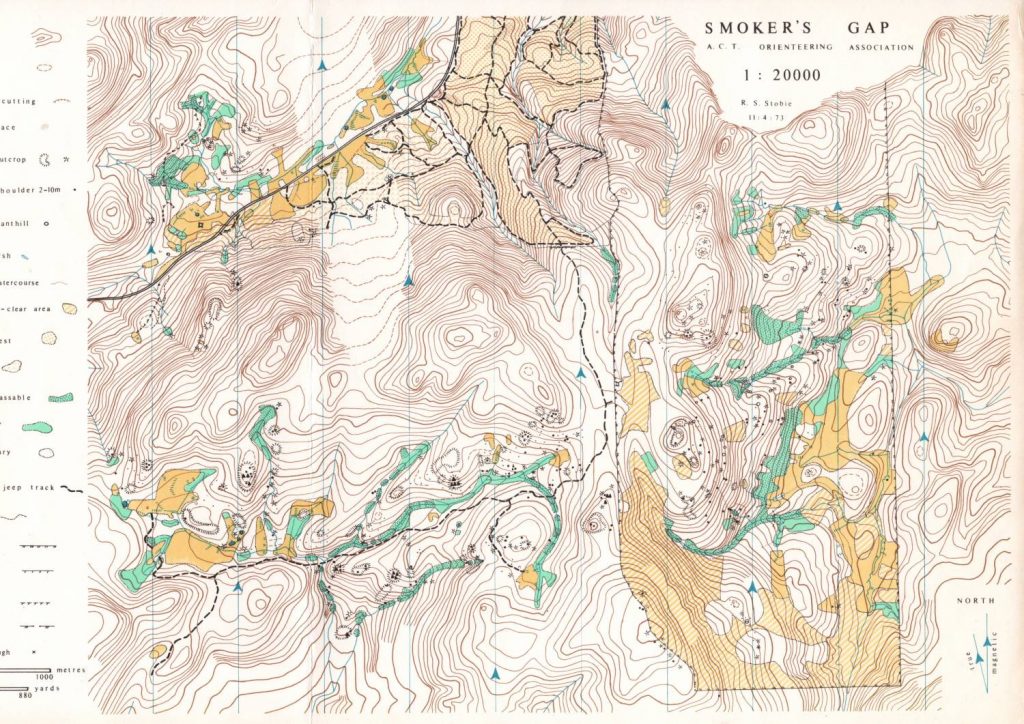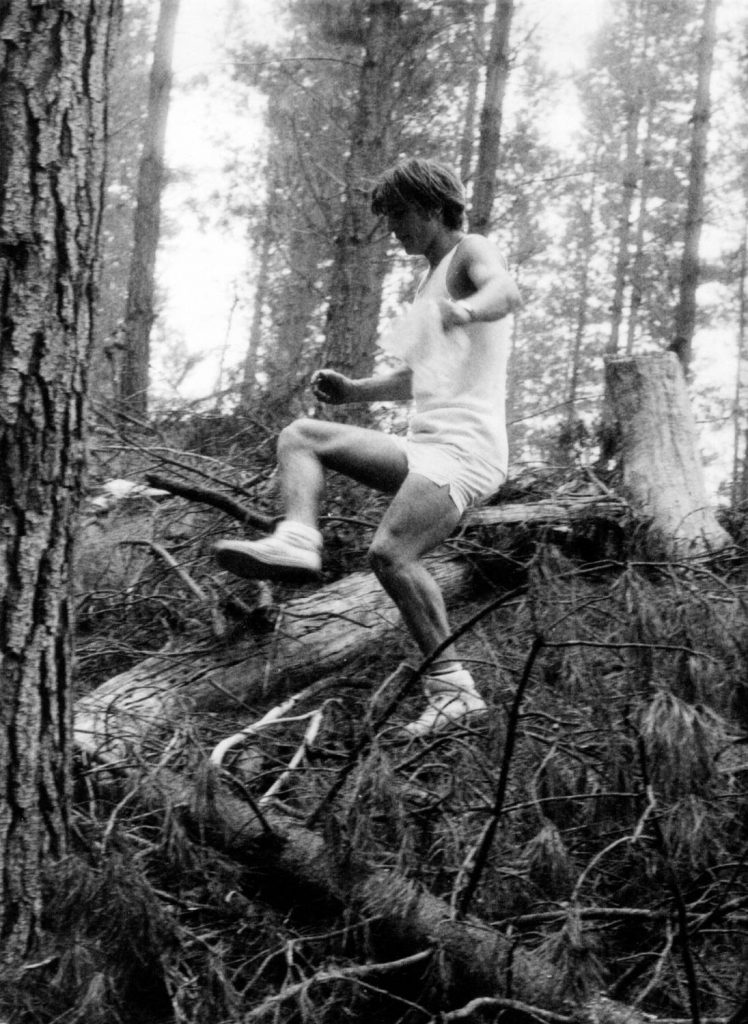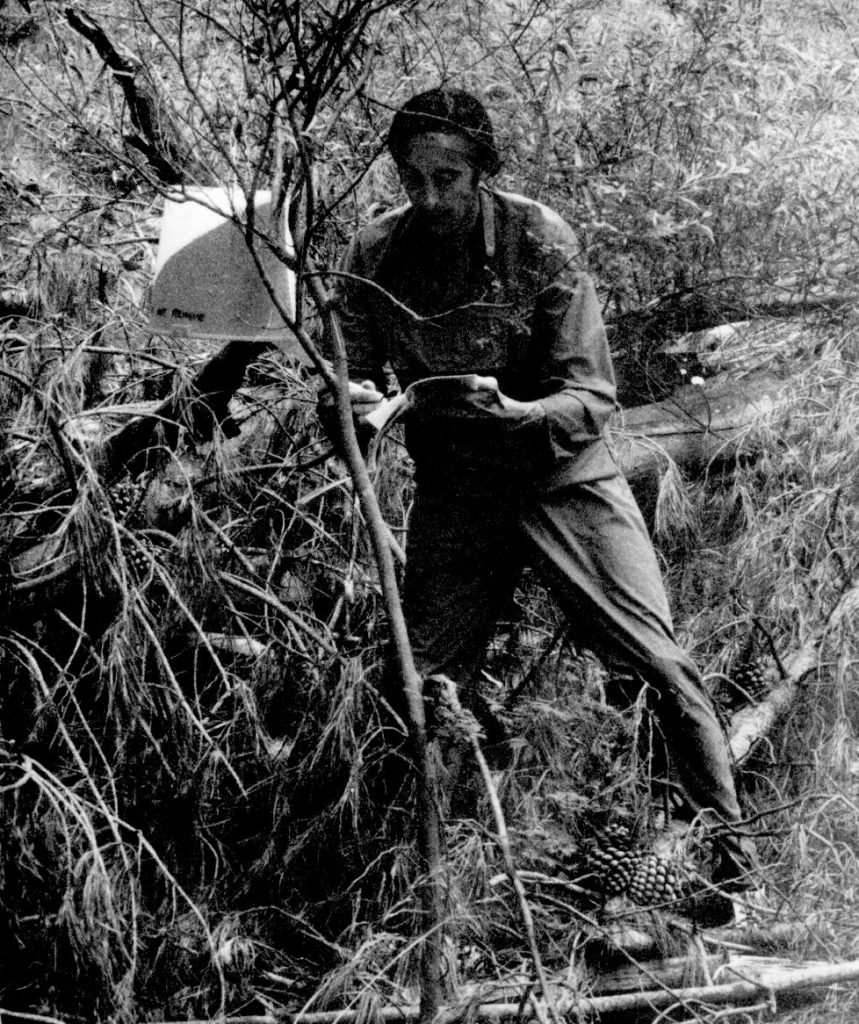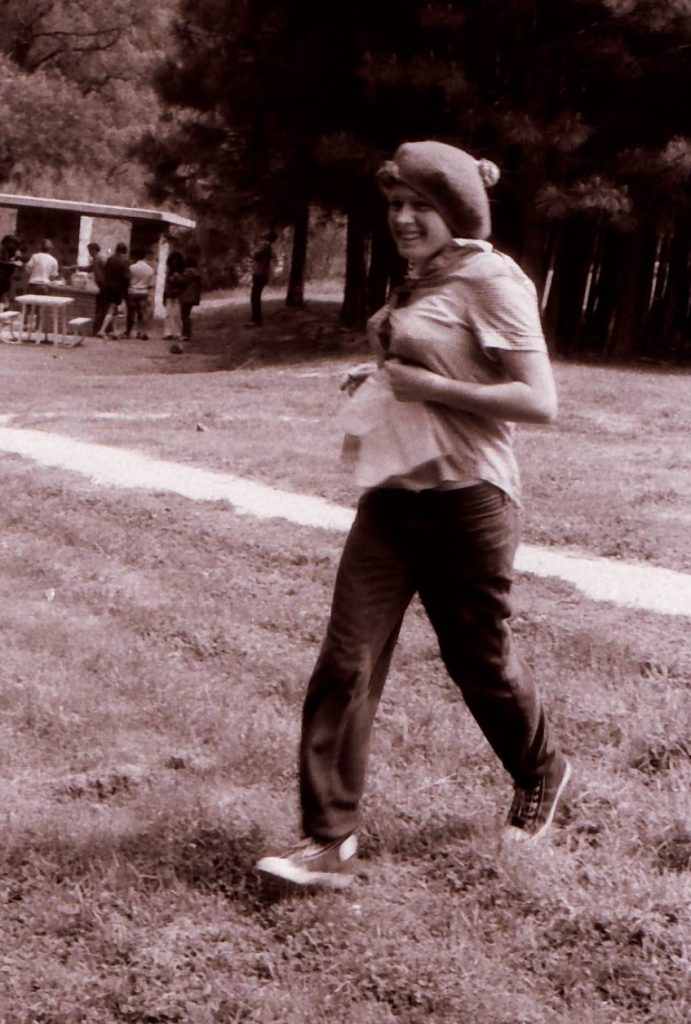This is the first in a series of articles prepared by David Hogg summarising significant events in ACT orienteering history in the lead up to the 50th Anniversary of orienteering in the ACT.
A 50th Anniversary event will be conducted as part of the Midweek Series on Wednesday 19 May. This will include a short ‘Flashback’ event using part of the 1971 Black Mountain (black-and-white) map and 1971 style equipment, as well as a historical display.
The 1970s: Getting Orienteering Established
16 May 1971. First orienteering event (Black Mountain). Organised through Canberra College of Advanced Education Outdoors Club. Plastic buckets with pencils attached used as control markers.
September 1971. First edition of ACT Orienteering News.
14 October 1971. ACT Orienteering Association formed.
21 November 1971. First ACT Orienteering Championships (Murray’s Corner, Pierces Creek Forest) with New Zealand team participants.
20 February 1972. Australia’s first interstate orienteering competition – ACTOA vs Bennelong Occasional Orienteers in Penrose State Forest. ACTOA won.
10-11 June 1972 (Queen’s Birthday Weekend). Interstate team competition and Australian team selection trials in the ACT (Pierces Creek and Uriarra Forests).
January 1973. Swedish mapping instructor and coach, Roland Offrell, in Canberra as part of a visit to Australia to train Australian orienteers in mapping.
21 & 23 April 1973 (Easter). Two Interstate competitions in Canberra using ACTOA’s first coloured maps (Smokers Gap and Kowen Forest).
Early 1973. Cloth control flags (handmade by members) and pin punches introduced.
4 September 1973. ACTOA badge adopted from choice of 35 suggested designs.
21 October 1973. First use of a coloured map for ACT Championships (Orroral Valley, upper part).
16 June 1974. Australian Championships in Pierces Creek Forest (Murray’s Corner map). Most detailed and accurate coloured map produced to date in Australia.
22 September 1974. Ski orienteering event conducted at Perisher Valley.
23 March 1975. First ACT (and Australian) Badge Event conducted (Mount McDonald).
1975. First ACTOA clubs formed: Parawanga Orienteers (Belconnen), Majura Macropods (North Canberra), Weston Emus (Weston Creek), Woden and Southside (later South Canberra) Orienteers (WASSO/WASCO, South Canberra and Woden), Red Kangaroos (no geographic base but generally southside, later became Red Roos).
September 1975. ‘Permanent’ (‘Trim’) orienteering course established at Stirling Park on a trial basis. Several other ‘Trim’ courses established in following years.
3 May 1976. Annual General Meeting adopts revised Constitution with ACTOA becoming incorporated.
25-26 September 1976. ACTOA conducts (second) Australian Relay Championships (Goorooyarroo, NSW) and Family Relays (Narrabundah Hill).
Early 1977. Northside Navigators club formed from some Majura Macropods and Parawanga members.
24 April 1977. Australian Championships held at Orroral Crossing. First use of control stands for an event in the ACT.
25-27 March 1978. ACTOA conducts Australian Three-days (Turallo Creek).
1979. Waggaroos decide to affiliate with ACTOA rather than OANSW.
26 August 1979. Parawanga conducts Australian Club Relay Championships (Burra Creek).
16 September 1979. First ACT Schools Orienteering Championships conducted (Laurel Camp, Pierces Creek Forest).
October 1979. The Australian Army Orienteering Association (ACT Branch) opens its fortnightly midweek events to civilian orienteers.
A Sport for Life
ACT Orienteers From the 1970s Who Are Still Involved
The following orienteers took part in their first ACT events in the 1970s and still appear on the local orienteering scene, at least occasionally. Those who began their orienteering careers interstate or overseas before coming to Canberra are marked with an asterisk (*). Names in parenthesis are their names as listed in results during the 1970s.
1971. David Hogg*, Sandra Hogg*.
1972. Andrew Blakers, Hermann Wehner, Martin Wehner, Kirsten Wehner.
1973. Anthony Cox, Jack Palmer, John Foster, Ingrid Foster.
1974. Kevin Paine.
1975. Gordon Quantock, John Walker*.
1976. Ann Baylis (Derlacki), Ian Crellin, John Scown.
1977. Roger Nicoll, Bob Mouatt, Colin Mock, Eino Meuronen, Ann Scown (Brookes).
1978. Jane Saye (Bourne), Pauli Piiroinen, Dennis Trewin, Colleen Mock, Roy Meuronen, Susie Kluth (Hogg).
1979. Ari Piiroinen, Nicola Plunkett-Cole, Andy Hogg, Bob Allison*, Judy Allison*, Belinda Allison, David Jenkins, James Derlacki.
Orienteers who were active interstate and occasionally competed in the ACT during the 1970s, and now live here, include Edwina Mulhearn, Len Minty, Ian Prosser and Gareth Prosser.
Orienteers who were active here during the 1970s and are still associated with orienteering interstate include Gayle Quantock (1975), Jeffa Lyon (Jennifer Shaw, 1975), Val Hodsdon (Calder, 1977) and Ian McKenzie (1978).
Advice of any omissions or errors would be appreciated.





